Acacia Winter Care: Can You Grow Acacias In Winter
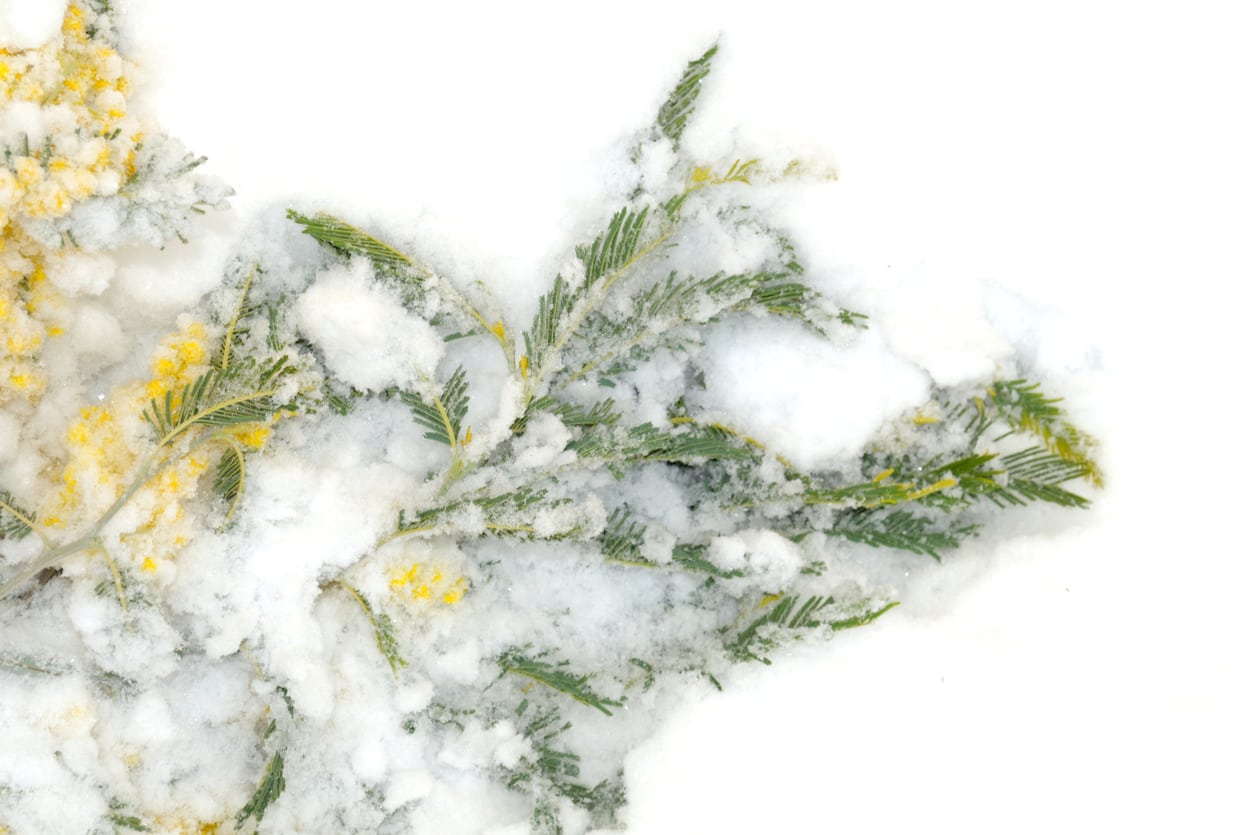

Can you grow acacias in winter? The answer depends on your growing zone and the type of acacia you hope to grow. Although acacia cold tolerance varies widely depending on the species, most types are suitable for warm climates only. If you live in a far northern climate and growing acacias is out of the question, you can always bring your acacia indoors during the winter. The next question may be, do acacias bloom in winter? Not in most climates, but you can force branches to bloom indoors in late winter or early spring. Read on to learn more about hardy acacias and cold weather.
Acacia Cold Tolerance
Most acacias are native to warm climates such as Florida, Mexico, and Hawaii and can’t withstand cold below USDA plant hardiness zone 8. However, there are a few hardy acacias that can tolerate cold winter weather. Here are two examples of hardy acacias for chilly climates:
- Acacia Winter Flame (Acacia baileyana ‘Winter Flame’), also known as golden mimosa: zones 4-8
- Prairie Acacia (Acacia augustissima), also known as fern acacia or whiteball acacia: zones 6-10
Acacia Winter Care
If you live in a marginal climate that occasionally experiences frosty weather, it’s a good idea to provide acacia winter care to help your plants survive until spring. Plant acacia in a protected location such as near a south-facing wall. Protect the roots with a thick layer of organic mulch such as straw, pine needles, dried leaves, or fine bark. Don’t allow the mulch to pile up against the trunk, as wet mulch may promote rot. Never fertilize your acacia after midsummer. Nitrogen-rich fertilizer is especially risky at this time because it produces lush, tender growth that will likely be nipped by frost. Remove broken or damaged growth in spring. If your climate is prone to hard freezes, plant acacia in a container and bring it indoors when nighttime temperatures drop below 45 degrees F. (7 C.).
Growing Acacias Indoors
Can you grow acacias in winter inside your home? Yes, this is another option, provided the tree isn’t too large. Place your potted acacia tree in a sunny window, preferably south-facing. Otherwise, supplement available light with a grow light or fluorescent bulbs. Water acacia deeply when the soil feels slightly dry. Always allow the pot to drain thoroughly. Never allow the plant to become bone dry. If the air in your home is dry, increase humidity by placing the pot of wet gravel or pebbles. Move your acacia back outdoors during spring and summer.
Gardening tips, videos, info and more delivered right to your inbox!
Sign up for the Gardening Know How newsletter today and receive a free copy of our e-book "How to Grow Delicious Tomatoes".

A Credentialed Garden Writer, Mary H. Dyer was with Gardening Know How in the very beginning, publishing articles as early as 2007.
-
 Types Of Tomatoes Explained: Explore The Many Wonderful Shapes, Colors, Flavors, & Best Uses
Types Of Tomatoes Explained: Explore The Many Wonderful Shapes, Colors, Flavors, & Best UsesThe world of tomato varieties is vast and fascinating. Learn about the key types to grow in your garden, tailored to your preferences and space.
By Amy Grant
-
 Try The Trend – Turn Any Bed Into A Keyhole Garden With This Clever In-Ground Composter
Try The Trend – Turn Any Bed Into A Keyhole Garden With This Clever In-Ground ComposterKeyhole gardening is an efficient and sustainable practice that saves space. Get started on this DIY project quickly and easily with an in-ground composter.
By Bonnie L. Grant
-
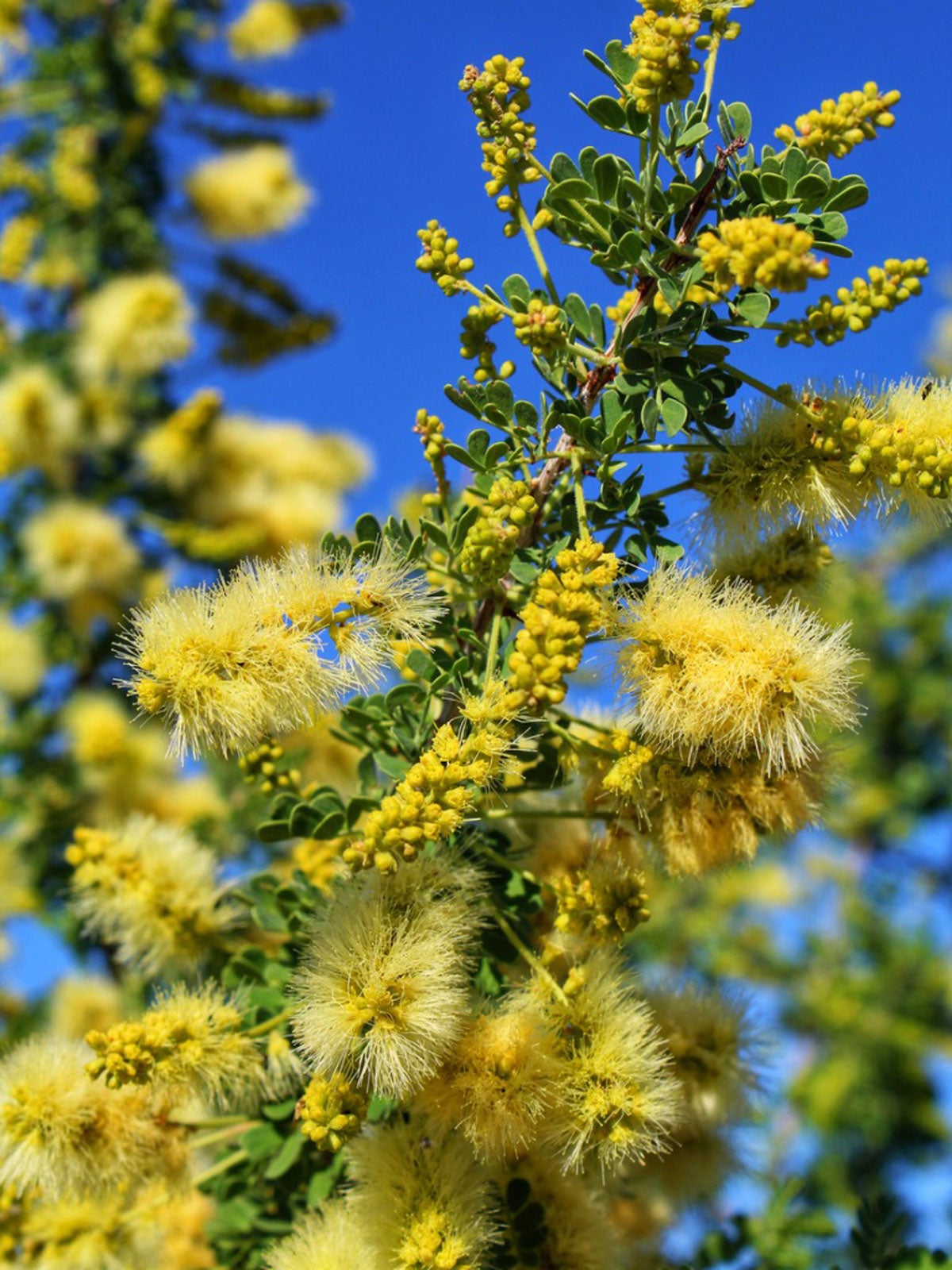 Catclaw Acacia Facts: What Is A Catclaw Acacia Tree
Catclaw Acacia Facts: What Is A Catclaw Acacia TreeLooking for a small tree or large shrub that grows primarily along streambanks and washes, and in chaparral? Learn about catclaw acacia here.
By Mary H. Dyer
-
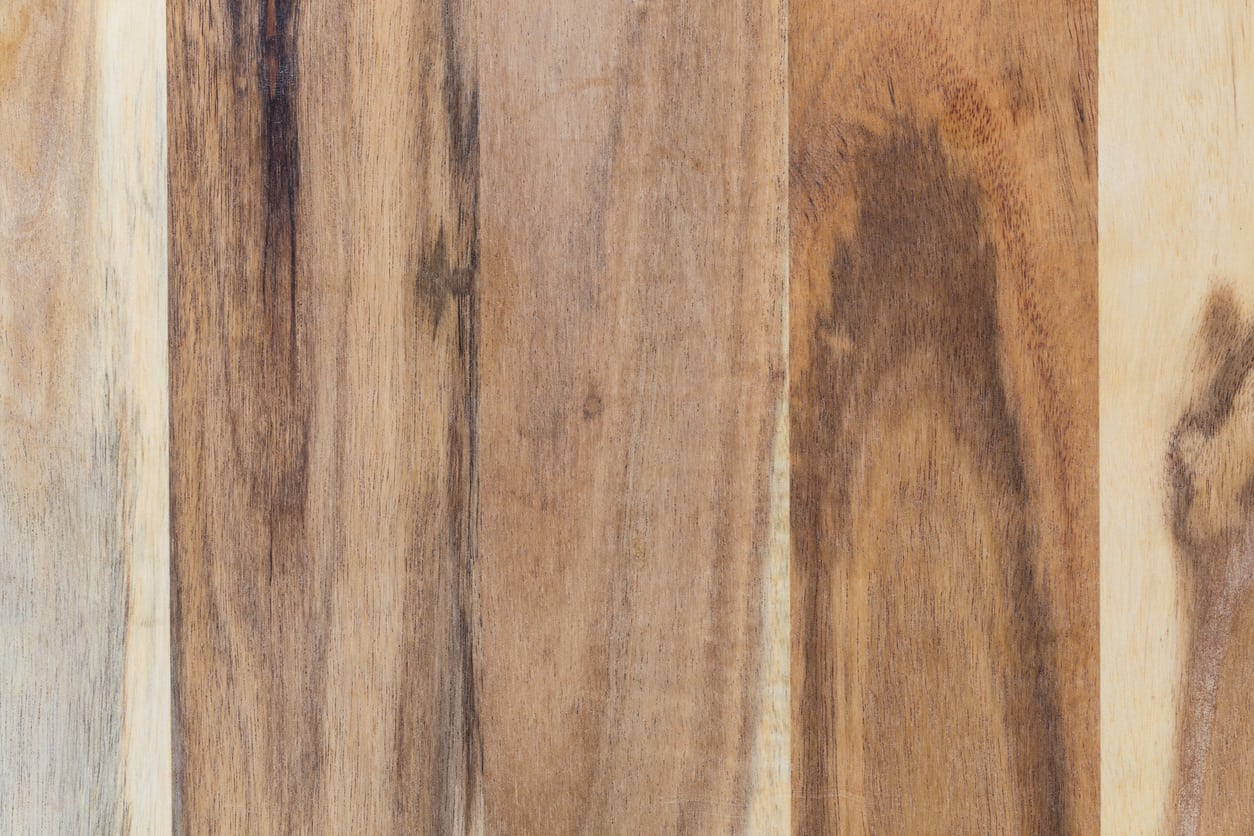 Wood From Acacia Trees: What Is Acacia Wood Used For
Wood From Acacia Trees: What Is Acacia Wood Used ForWood from acacia trees has been used by the Aboriginal people of Australia for centuries and is still in use. What is acacia wood used for? Acacia wood has many uses. The following article contains information on acacia wood uses and more.
By Amy Grant
-
 What Is A Bailey Acacia Tree – Tips For Growing A Bailey Acacia Tree
What Is A Bailey Acacia Tree – Tips For Growing A Bailey Acacia TreeThe Bailey acacia tree produces many pods filled with seed. It is a nitrogen fixing member of the pea family and can help improve soil. Here are some tips on growing a Bailey acacia so you can harness its benefits for your landscape and home.
By Bonnie L. Grant
-
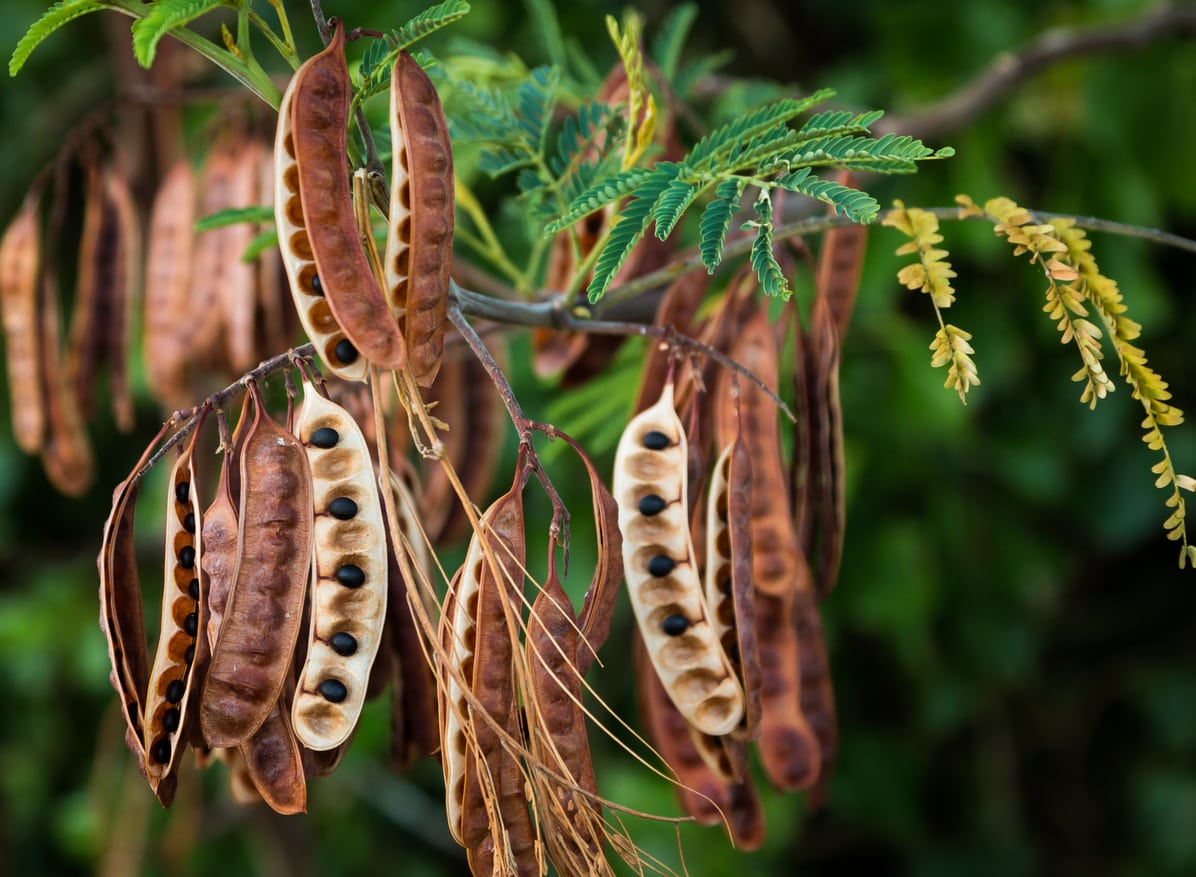 Propagating Acacia Trees – Learn How To Grow New Acacia Trees
Propagating Acacia Trees – Learn How To Grow New Acacia TreesWhile there is a lot of variety within the genus, acacias tend to be attractive, with beautiful yellow or white flowers and, in some cases, impressive thorns. But what do you do if you want more acacias in your life? Click here to learn more about acacia reproduction.
By Liz Baessler
-
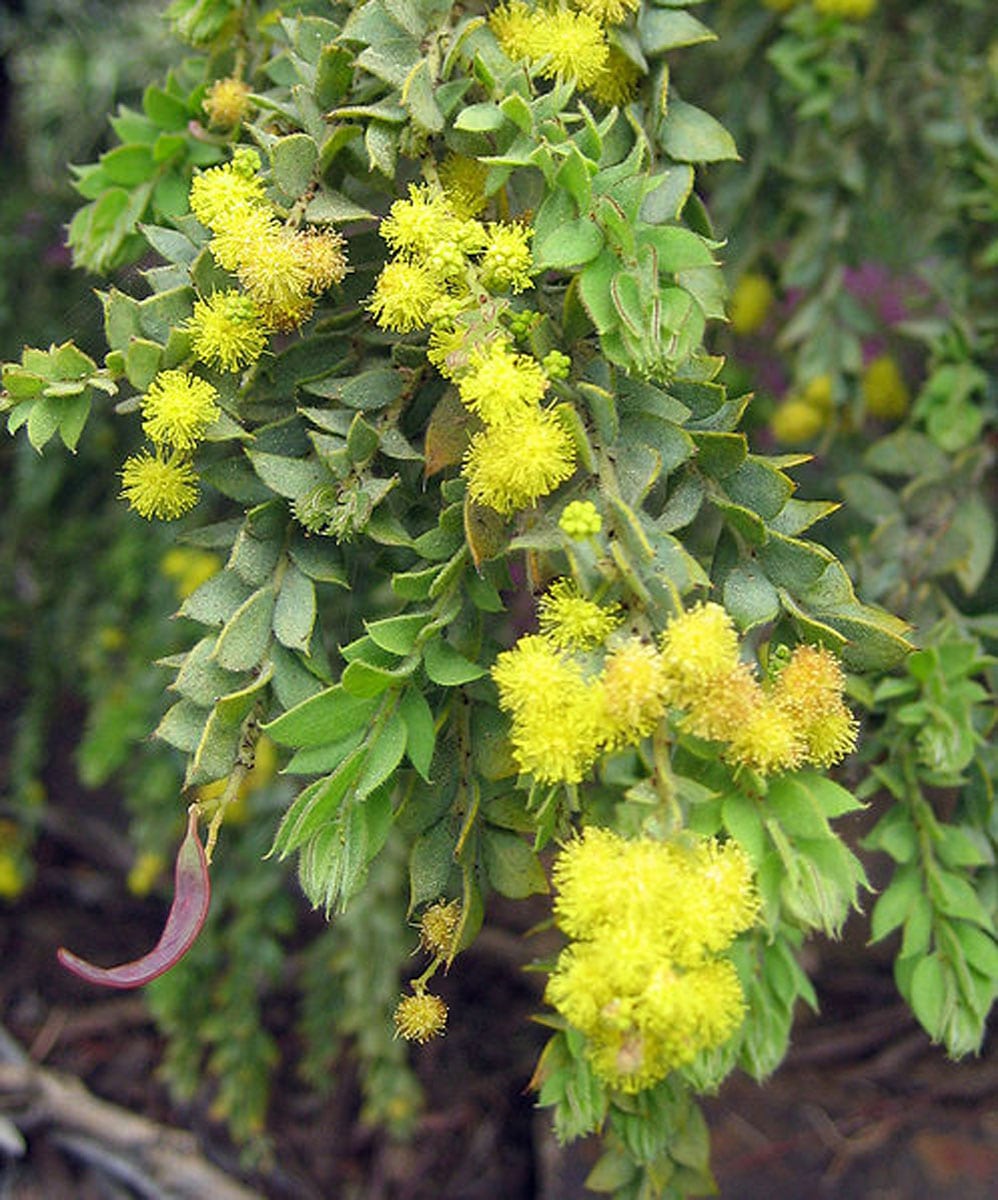 Knifeleaf Tree Care – Learn How To Grow Knifeleaf Acacia Trees
Knifeleaf Tree Care – Learn How To Grow Knifeleaf Acacia TreesAcacias are one of the wonders of the savannah. In Australia, these magnificent plants are called "wattle" and Knifeleaf acacia trees are an outstanding example of native flora. Some background on the tree, found here, will help you decide if the plant is right for your landscape.
By Bonnie L. Grant
-
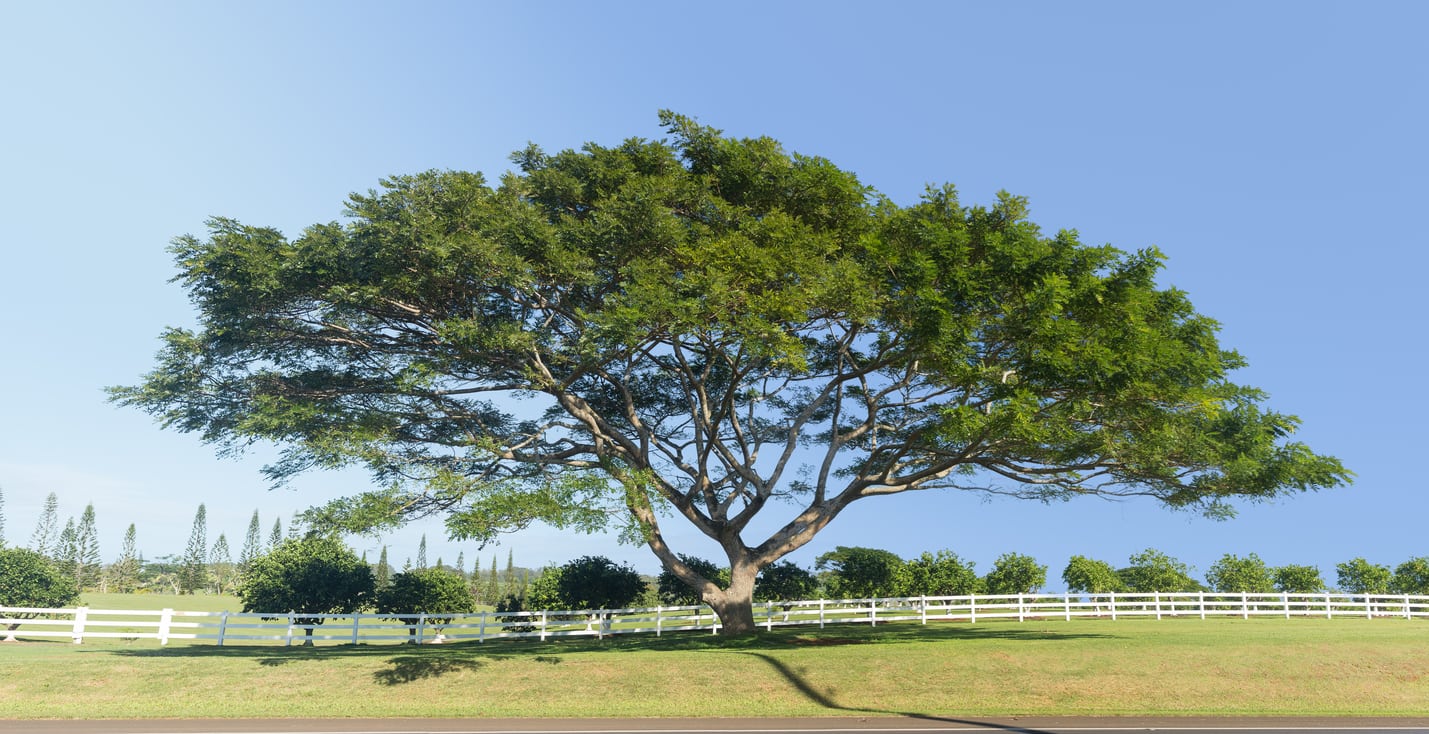 Acacia Koa Information And Care: Where Do Acacia Koa Trees Grow
Acacia Koa Information And Care: Where Do Acacia Koa Trees GrowGrowing a koa tree should only be attempted where the conditions are right, namely those of Hawaii, its native area. These are beautiful shade trees that do best in their natural habitat but can be grown to a shorter lifespan and smaller size. Click here for more info.
By Mary Ellen Ellis
-
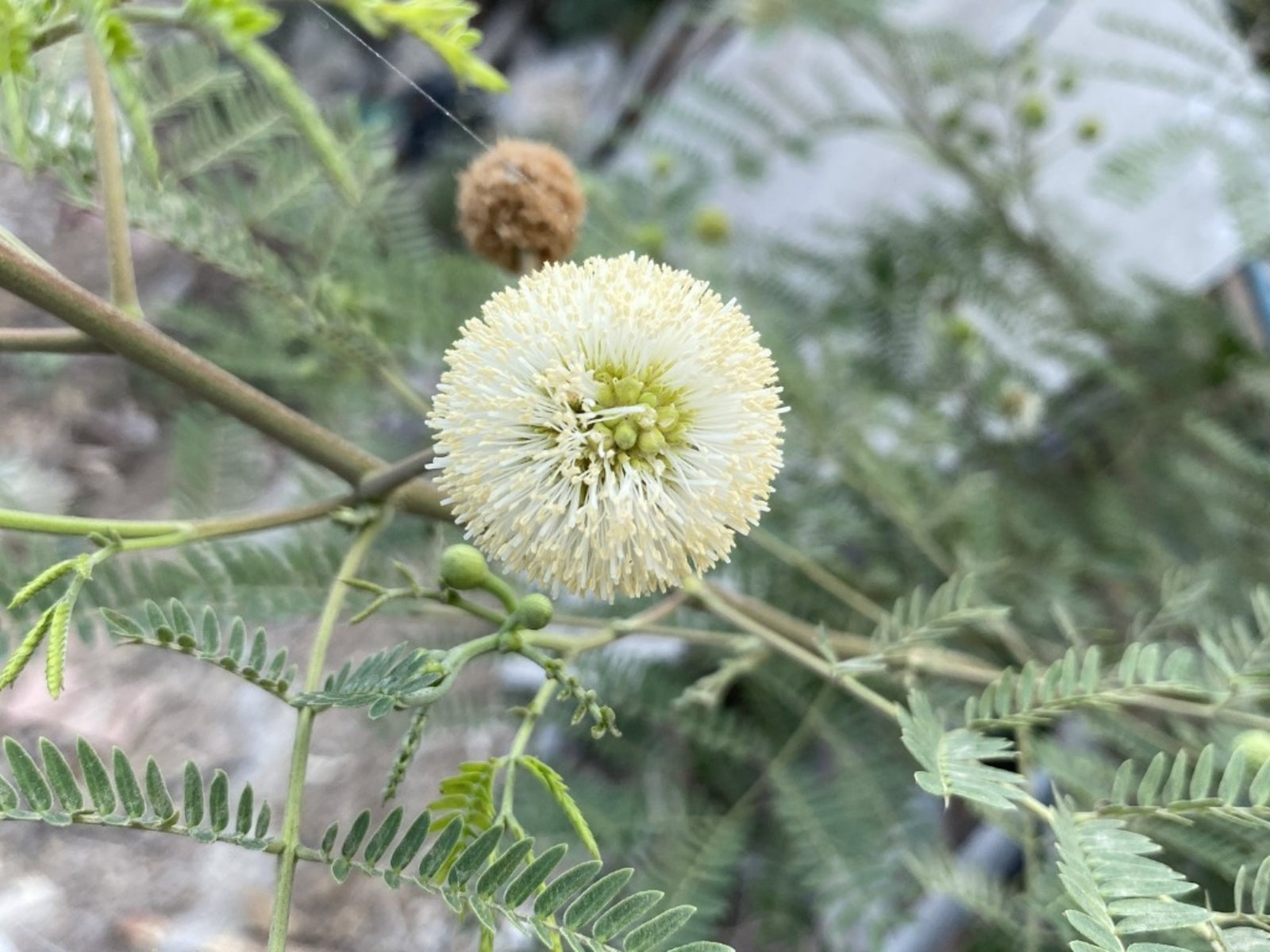 Guajillo Acacia Info – Tips For Growing A Texas Acacia Shrub Or Tree
Guajillo Acacia Info – Tips For Growing A Texas Acacia Shrub Or TreeThe guajillo acacia shrub is drought-tolerant and native to Texas, Arizona, and the rest of the Southwest. It is a great choice in landscapes and gardens for ornamental purposes and to screen areas or attract pollinators. Learn more about it in this article.
By Mary Ellen Ellis
-
 What Is Acacia Gum: Acacia Gum Uses And History
What Is Acacia Gum: Acacia Gum Uses And HistoryYou may have seen the words "acacia gum" on some of your food labels. Where does acacia gum come from? Trees found in tropical Africa. Acacia gum has a long history of natural use and is now easy to find in natural health stores around the world. Click here for more info.
By Bonnie L. Grant